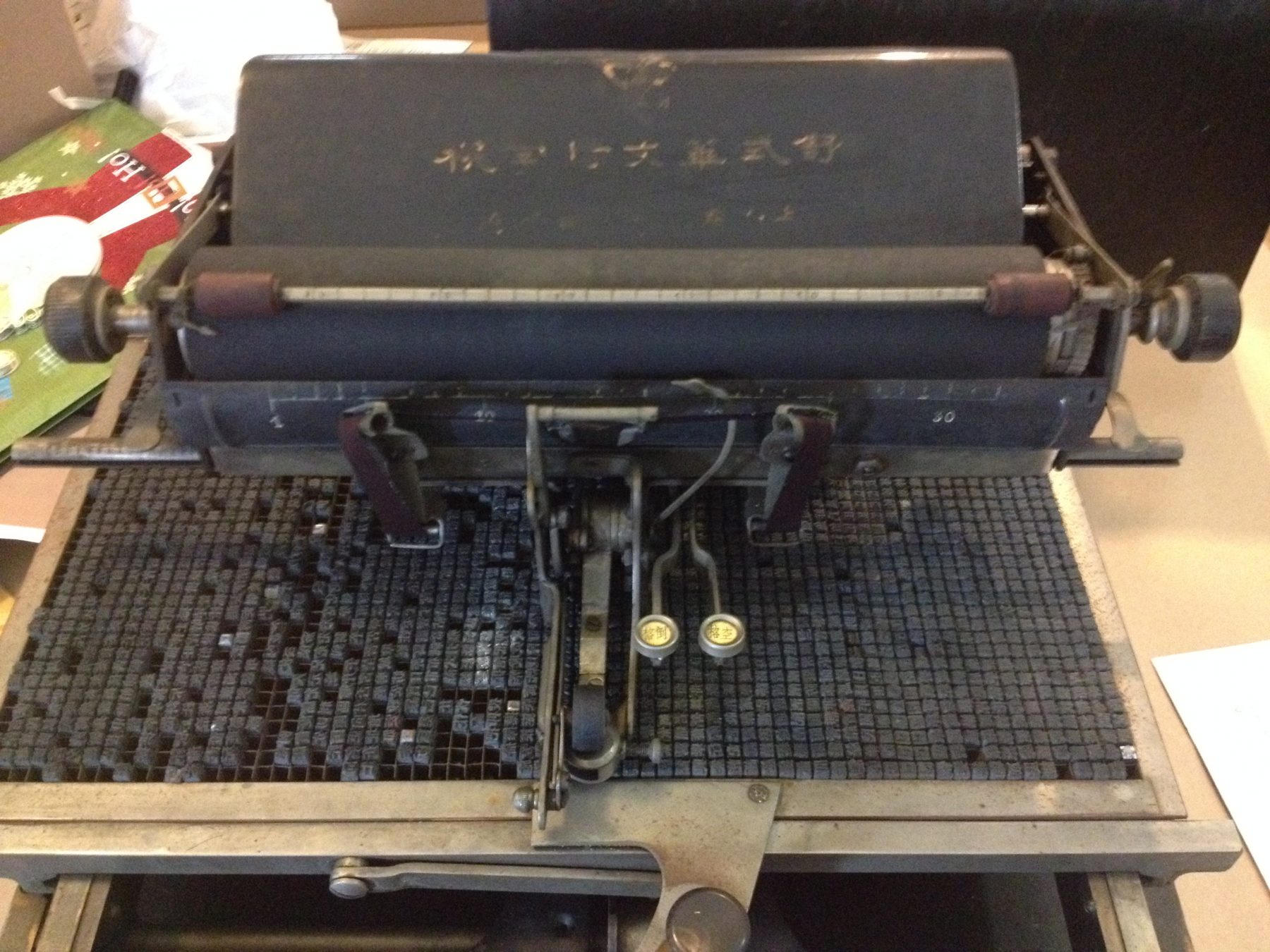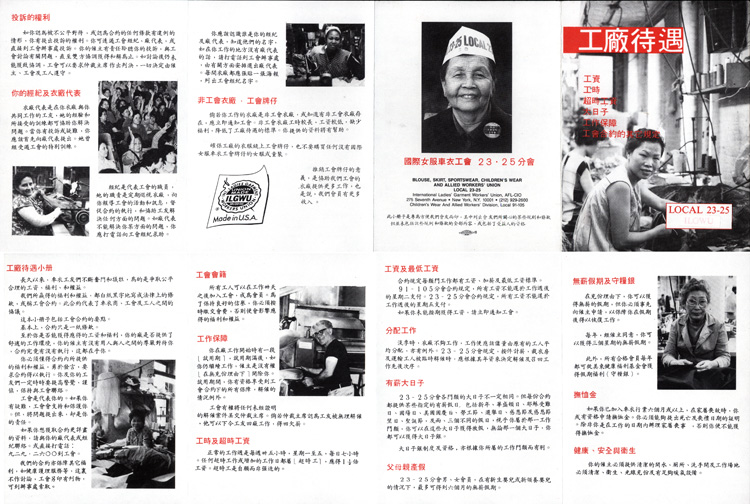你如何输入一种有数千个字符的语言?20世纪初,两位发明家争相解决创造出一台中文打字机的信息技术和工程难题。麻省理工学院的周厚坤(Zhou Houkun)设计了一款基于常用汉字的打字机,挑选出了3000个日常最常使用的汉字;纽约大学的祁暄(Qi Xuan)将汉字分成模块,这样打字员就可以“拼写”任何汉字。尽管更加受限,但是周厚坤的打字机原型更为成功,被上海商务印书馆征用,而且其改良版的舒振东(Shu Zhendong)中文打字机成为中国第一个大规模生产的打字机。打字员用左手左右移动网格床,右手用一根打字杆敲击选中的汉字,以抓起这个松动的金属汉字。自从这些首次尝试书写中文机械化以来,信息技术一直在努力解决如何才能最好地将汉字翻译成从摩尔斯电码到IOS的通信系统中。如今,中文计算机处理应该要归功于“输入法编辑器”的发明,它可以追溯到1947年的明快(MingKwai)实验打字机,它拦截QWERTY的键击,并根据输入的声音从数据库中检索正确的字符。上图的打字机在MOCA最近一个关于中国打字机发展历史的展览《革新中传统:信息時代中文的命运》(Radical Machines: Chinese in the Information Age)中展出。
Collections馆藏Collections馆藏Collections馆藏Collections馆藏Collections馆藏Collections馆藏Collections馆藏Collections馆藏Collections馆藏Collections馆藏Collections馆藏Collections馆藏Collections馆藏Collections馆藏Collections馆藏Collections馆藏Collections馆藏Collections馆藏Collections馆藏Collections馆藏Collections馆藏Collections馆藏Collections馆藏Collections馆藏Collections馆藏Collections馆藏Collections馆藏Collections馆藏Collections馆藏Collections馆藏Collections馆藏Collections馆藏Collections馆藏Collections馆藏Collections馆藏Collections馆藏Collections馆藏Collections馆藏Collections馆藏Collections馆藏Collections馆藏Collections馆藏Collections馆藏Collections馆藏Collections馆藏Collections馆藏Collections馆藏Collections馆藏Collections馆藏Collections馆藏Collections馆藏Collections馆藏Collections馆藏Collections馆藏Collections馆藏Collections馆藏Collections馆藏Collections馆藏Collections馆藏Collections馆藏Collections馆藏Collections馆藏Collections馆藏Collections馆藏
中文打字机,“革新中传统”

30 August 2019 Posted.
Chinese typewriter, Courtesy of David and Lisa Tang–In memory of Ho Poy Sing, Museum of Chinese in America (MOCA) Collection.
舒式华文打字机,David and Lisa Tang捐赠,纪念Ho Poy Sing,美国华人博物馆(MOCA)馆藏
